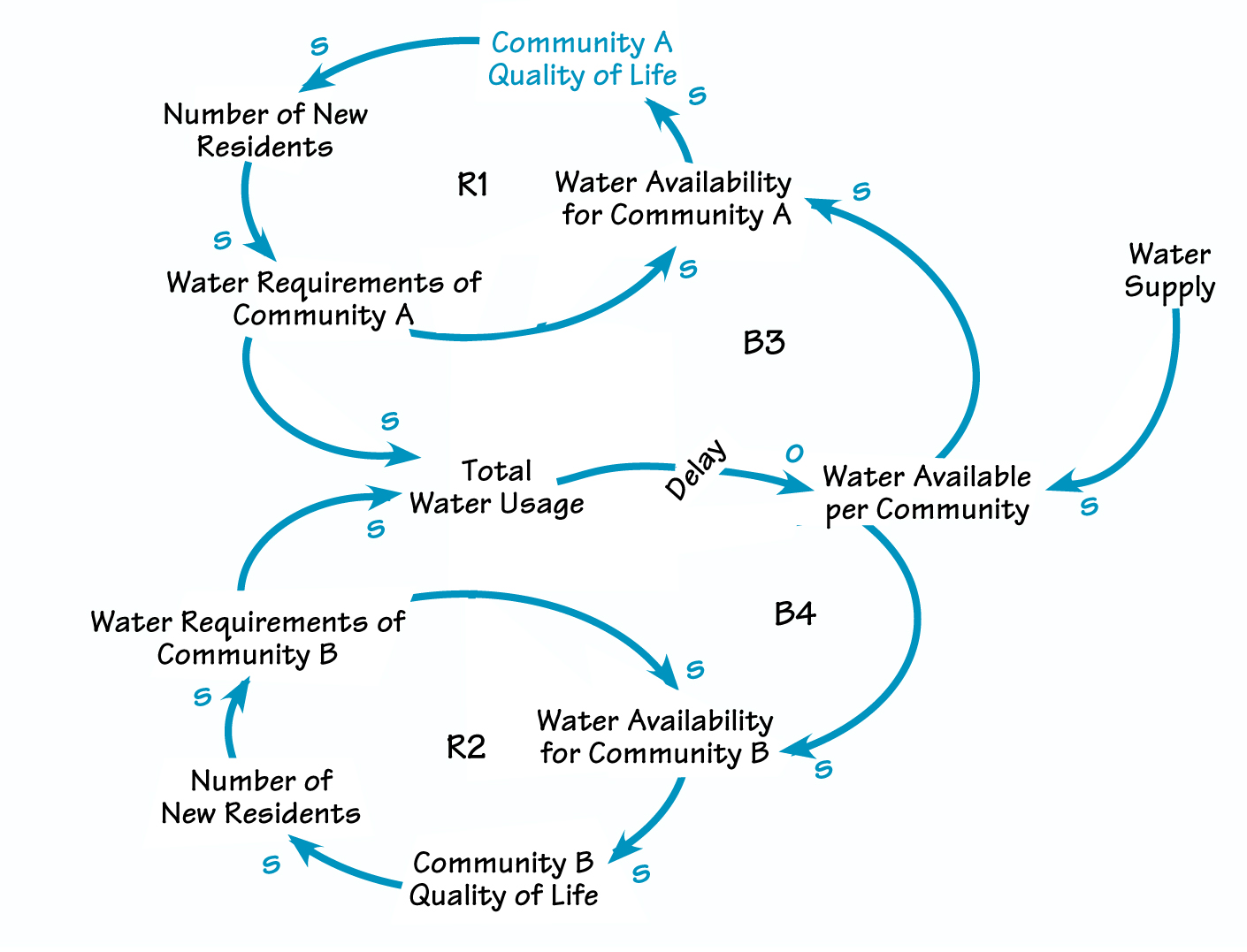“Whenever too many pollutants are discharged into the environment, too much water is pumped from an aquifer or river, or too many fish are harvested from the sea, we risk a ‘tragedy of the commons.’” Pete Emerson, Environmental Defense Fund
We generally act as though we’ll never run out of water. But although almost 80 percent of the Earth’s surface is covered with water, only 1 percent of that amount is potable. And unfortunately, our collective behavior is having a negative impact on the long-term sustainability of this life-giving natural resource.
First, the continued worldwide population explosion has reduced the amount of water available per person. To compound the problem, the population is growing fastest in regions where water is scarcest. This is not just a challenge in Third World countries— it is looming in industrialized nations as well.
Over time, these patterns are having a dramatic effect on our “bottomless” supply of water—and on our way of life. For instance, according to the Texas Water Development Board, municipal water demand will increase 72 percent and industrial water usage will rise 120 percent by the year
2050. But, unfortunately, both Corpus Christi and San Antonio are already having difficulty finding enough water to meet current demands
THE COMPETITION FOR WATER

As the quality of life in a community rises, more people move to the area, leading to an increase in water requirements and availability, which further boosts the quality of life (R1 and R2). This reinforcing cycle is compounded when the same dynamic occurs in multiple communities simultaneously, all of which are accessing a common water supply. But over time, water shortages reduce the quality of life in each community (B3 and B4).
Tragedy on Tap
With anticipated increases in usage of this magnitude and a renewable—but not inexhaustible—common resource, the competition for water will continue to escalate. In general, when this kind of competition occurs, it almost guarantees that the common resource will quickly diminish (see “The Competition for Water”).
The diagram shows that, as the quality of life in a community rises, more people move to the area. The inflow of new residents leads to an increase in water requirements and availability, which further boosts the quality of life (R1 and R2). This reinforcing cycle is compounded when the same dynamic occurs in multiple communities simultaneously, all of which are accessing a common water supply. As the total water requirements increase over time, they eventually exceed the existing supply of fresh water, limiting the amount of water available to each community. Over time, these water shortages reverse the quality of life in each community and, eventually, undermine the sustainability of the cities and towns as viable areas in which to live (B3 and B4).
This dynamic has another effect as well: As we put more and more demands on our water supply, the value of water will grow. Thus, in the future, this humble substance may become worth its weight in gold.
